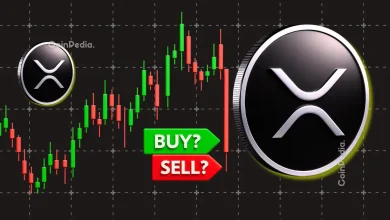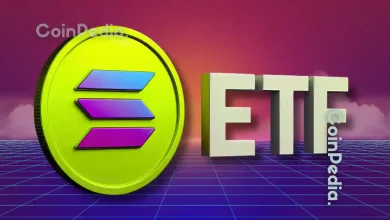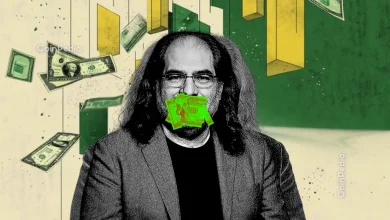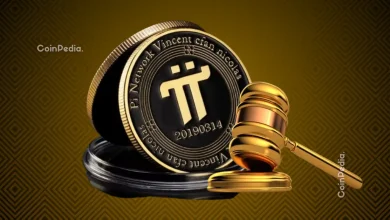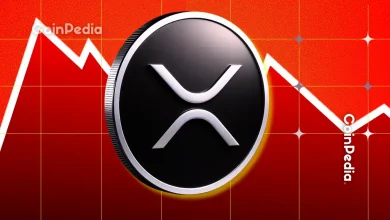
Ripple is exploring staking for the XRPL, studying concepts that could boost security and utility as global DeFi demand grows.
Staking talks come as XRP interest rises—Canary Capital’s ETF surpasses $257M, even as XRP lags amid U.S. market uncertainty.
Ripple is now exploring whether staking, a feature used in many major blockchains, could eventually be introduced to the XRP Ledger (XRPL). The idea came into focus after RippleX engineering head J. Ayo Akinyele explained how staking might strengthen network security and give XRP more real-world utility as global DeFi activity grows. Ripple says nothing is confirmed yet, but it is actively studying how staking could fit into the XRPL’s long-term development.
Why Ripple Is Considering Staking
According to Akinyele, staking could help the XRPL grow by encouraging more people to take part in validating and securing the network. Currently, XRP transaction fees are burned instead of being shared with participants. While this keeps the supply slightly deflationary, it does not reward those who support the ledger. Staking could change this by offering incentives, similar to what users see on networks like Ethereum, Solana, and Cosmos.
Ripple also wants the XRPL to stay competitive as more companies begin using XRP for treasury management and investment products. Adding a staking model would show that the network is adapting to a market where rewards, incentives, and token participation are becoming standard across DeFi.
Early Concepts, No Final Decision Yet
Ripple CTO David Schwartz shared two early concepts for how staking might work, but emphasized that both ideas are still in the research phase. One idea involves a two-layer structure where a smaller validator group receives staking rewards while the larger validator set continues managing the network.
The second idea keeps the current consensus system in place but uses network fees to support “zero-knowledge proofs,” allowing participants to verify activity without revealing private information.
Schwartz made it clear that both options would require major changes and extensive testing. Because of this, staking will not be coming to the XRPL anytime soon.
Ripple Supports Moves to Modernize U.S. Crypto Payments
As Ripple studies staking, it’s also monitoring regulatory developments in the U.S. Earlier this month, Federal Reserve Governor Christopher Waller suggested that crypto firms, including stablecoin issuers, should get direct access to the Fed’s payment systems. Ripple welcomed the suggestion, saying it would reduce banking delays and improve stability for its stablecoin, RLUSD.
Ripple’s chief legal officer, Stu Alderoty, noted that direct access could help RLUSD compete with leading stablecoins like USDT and USDC by improving settlement speeds and redemption reliability. He also said that avoiding traditional banking intermediaries would make it easier to move between U.S. Treasuries and dollars.
XRP ETF Update
The staking discussion comes at a time when interest in XRP is picking up following the launch of Canary Capital’s spot XRP ETF, which has attracted more than $257 million since November 13. Despite this momentum, XRP is still down 13% over the past month as the market reacts to the recent U.S. government shutdown and uncertainty around upcoming Fed decisions.
Meanwhile, several third-party platforms are already offering staking-style rewards for XRP, showing that utility and demand may continue growing even without immediate changes to the XRPL.
Never Miss a Beat in the Crypto World!
Stay ahead with breaking news, expert analysis, and real-time updates on the latest trends in Bitcoin, altcoins, DeFi, NFTs, and more.
FAQs
Yes, Ripple is actively exploring staking for XRPL, but it’s still in the early research phase with no final decision or timeline yet.
Staking would reward validators, boost network security, increase XRP’s real-world utility, and keep XRPL competitive in DeFi, where rewards are now standard.
Not anytime soon—both proposed models require major changes and extensive testing; implementation is likely still years away.
Two early ideas: 1) A smaller rewarded validator tier on top of the current system, or 2) Using burned fees to fund zero-knowledge proof verification rewards while keeping consensus unchanged.
Yes—several trusted platforms (like Uphold, Nexo, and Binance) already offer staking-style yield on XRP through lending or wrapped versions, even without native XRPL staking.
Trust with CoinPedia:
CoinPedia has been delivering accurate and timely cryptocurrency and blockchain updates since 2017. All content is created by our expert panel of analysts and journalists, following strict Editorial Guidelines based on E-E-A-T (Experience, Expertise, Authoritativeness, Trustworthiness). Every article is fact-checked against reputable sources to ensure accuracy, transparency, and reliability. Our review policy guarantees unbiased evaluations when recommending exchanges, platforms, or tools. We strive to provide timely updates about everything crypto & blockchain, right from startups to industry majors.
Investment Disclaimer:
All opinions and insights shared represent the author's own views on current market conditions. Please do your own research before making investment decisions. Neither the writer nor the publication assumes responsibility for your financial choices.
Sponsored and Advertisements:
Sponsored content and affiliate links may appear on our site. Advertisements are marked clearly, and our editorial content remains entirely independent from our ad partners.

